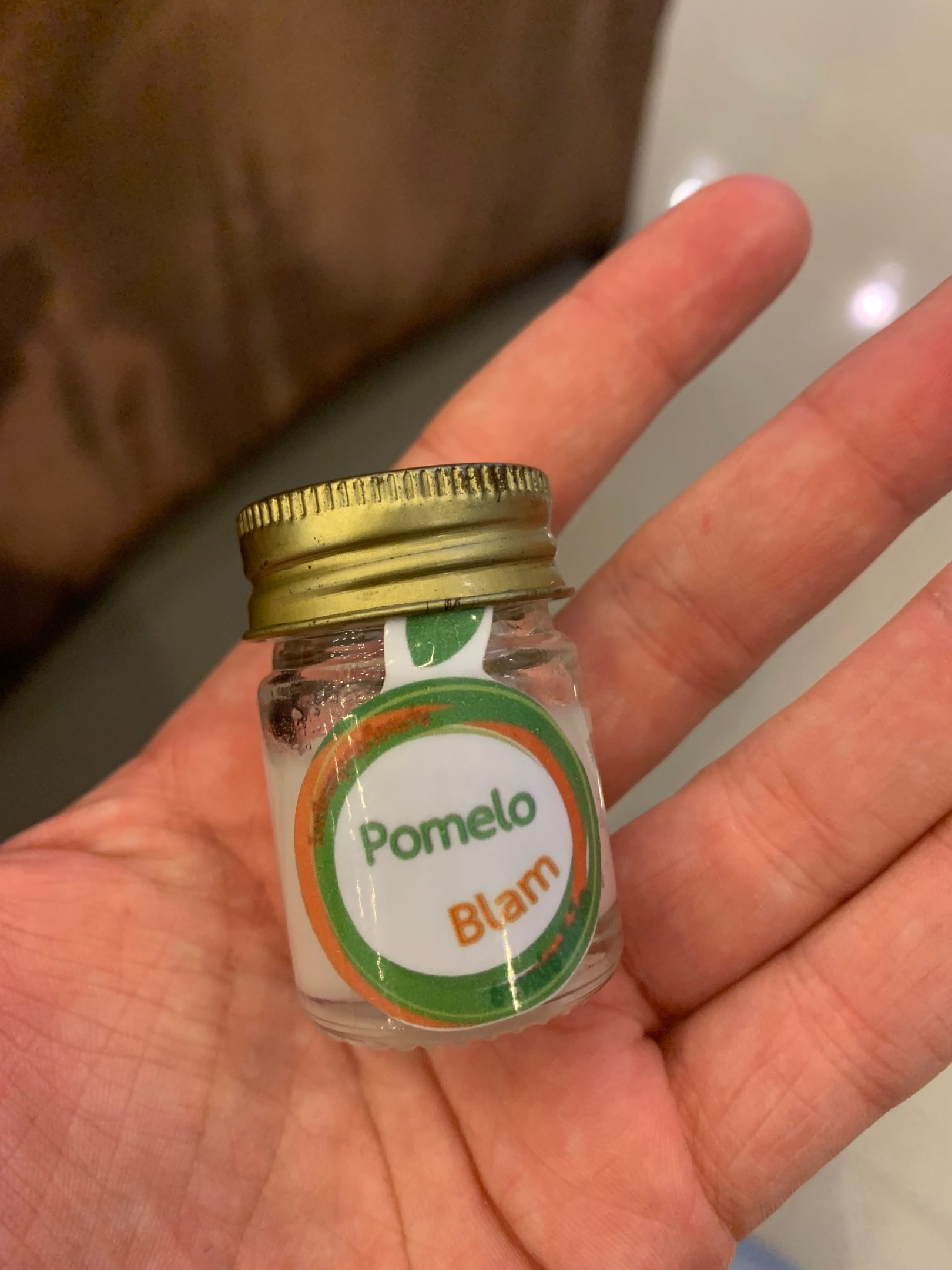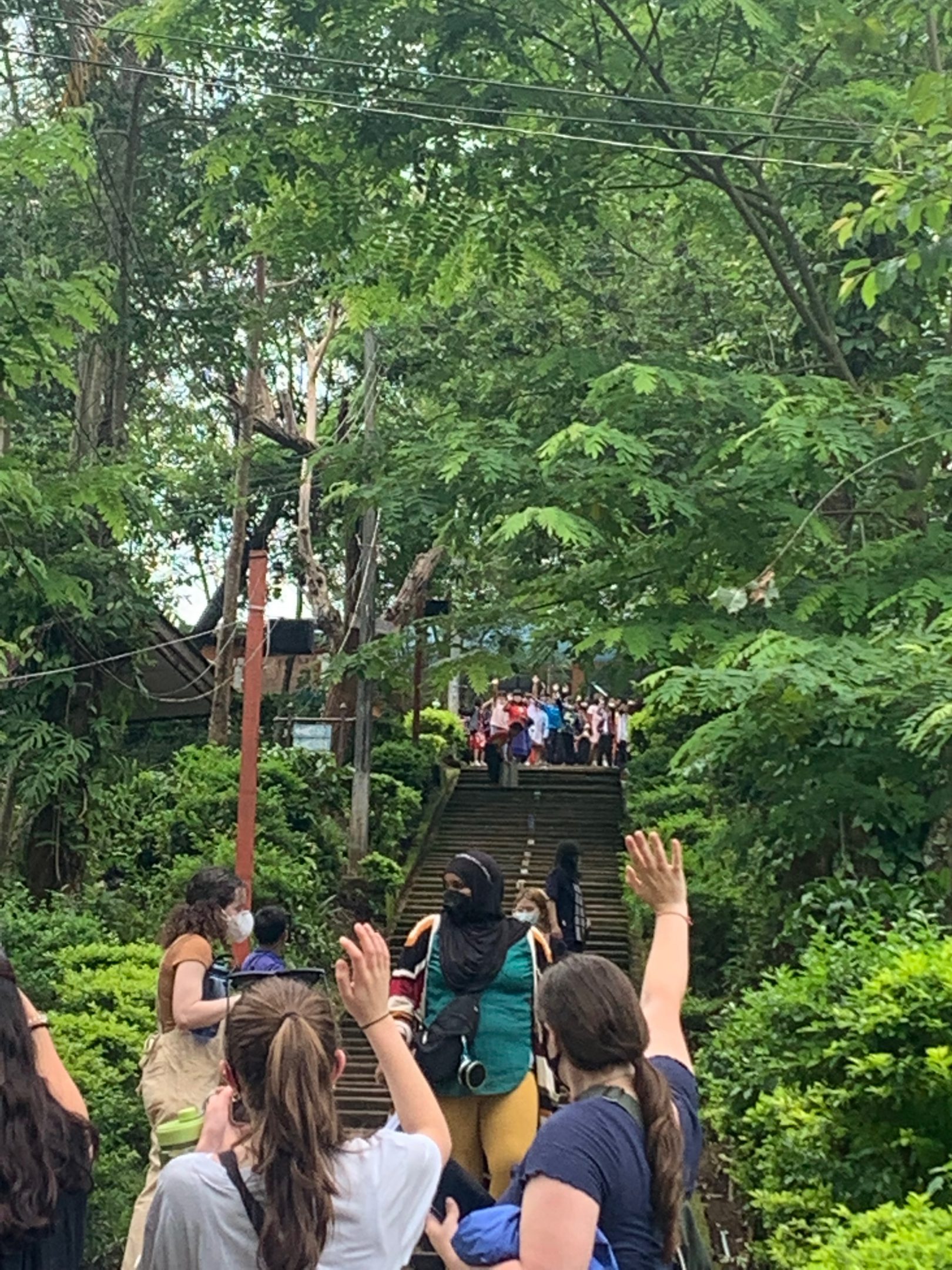One thing that I really appreciated about both the Santivittaya Elementary school and the Anuban Wiengken School was the fluidity of the curriculum. I found it to be so meaningful that students voices and interests were incorporated in aspects of their studies. Something that stood out to me at the Anuban Wiengken school were the science projects in which they also practiced independence (something that the school mentioned was important to them). The students chose projects that related to their lives and villages. Hand sanitizer and soaps to fight Covid-19 and tiger balm for itchy mosquito bites and feeling faint. For all of these products, they used pomelo that were purchased from local farmers, keeping that support within their own communities. The other school also had their grade 6 class make mosquito repellant gel in class because they were noticing a lot of mosquitoes at home. Allowing students to express their own interests and needs and incorporating that in the classroom can help to improve student engagement, creating a positive learning environment, as well as gaining knowledge that is meaningful to them and can be used and passed down for future generations to use as well.

Cultural identity and emotional expression were also very prevalent at both schools. At the Santivittaya Elementary school, every Friday they dress up in their traditional garments from their ethnic group. Both schools were proud of the diversity of cultural identities that their students had. In school they focus specifically on speaking Thai, English, and Chinese in the program after the regular school day. Although, if they wanted to speak their own dialect in class and with their friends that was also welcomed. Along with that, the Santivittaya Elementary school mentioned that they connected ethnic groups of students by incorporating activities that relate to their identities. Similarly, I noticed that emotional expression was also encouraged. I feel like often times in the United States teachers are quick to shut students down when they get excited, but at the schools we visited they allowed them to feel their emotions fully. I thought this could also be seen after reflecting with the rest of the group after leaving the school. Someone mentioned how the students felt comfortable confiding in their teacher about how they were feeling in that moment. I thought this was really cool to hear because it shows that the student and teacher relationship felt safe and comfortable.
The last thing that I wanted to mention about the schools we visited was the open layout of them. Comparing it to the United States where many schools were literally designed by the same people who were designing prisons it was a very different learning environment. For example, in the United States there are very few windows, dull brick walls or concrete painted white, and bright fluorescent lights. In the classrooms that we saw there was natural light streaming in from the many windows which were all opened for fresh air. The school was also filled with bright colors and many decorations hung up around the classrooms. Similarly to the United States, the teacher stands up at the front of the classroom and instructs the students who are sitting in desks in rows. To be fair, some students do prefer to learn in that way. Although, if I could change one thing in both places I think it would be to sit in a circle formation in a way that the students and the teacher are all of the same level to reduce the hierarchy within the learning space.



